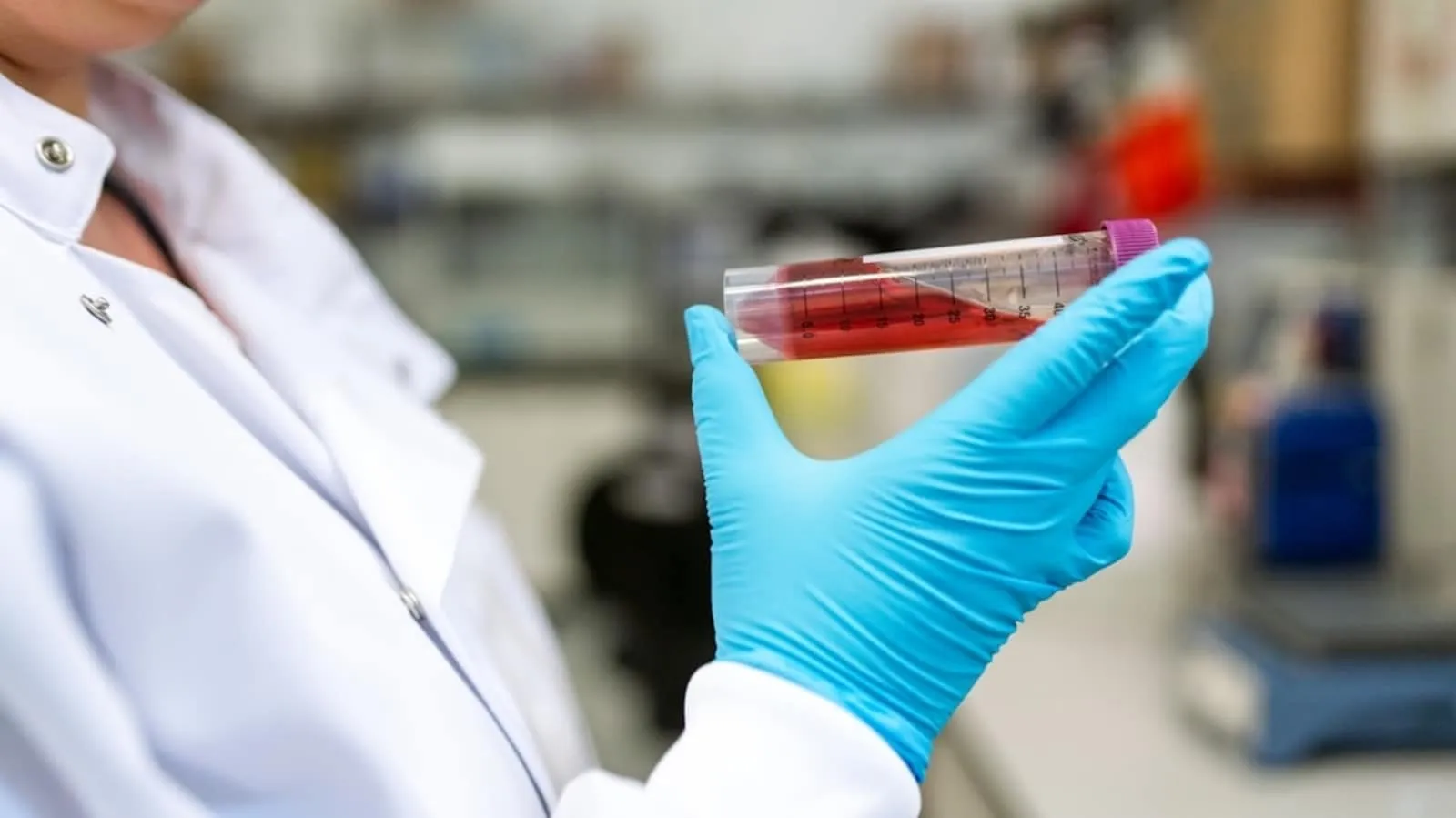Food Dye from Doritos Revolutionizes Biomedical Research by Increasing Optical Transparency in Live Mice

Food Dye from Doritos and Its Amazing Effects
In a groundbreaking study at Stanford University, researchers discovered that a common food dye present in the iconic snack Doritos can dramatically increase the optical transparency of live mice. This game-changing finding opens new avenues for biomedical research, allowing for enhanced observation of anatomical features without invasive procedures.
Experimental Insights
- The study involved applying food dye to the skin of live mice.
- The effect produced a transparency akin to a magic trick.
- Researchers focused on the skull and abdominal areas to explore the dye's effectiveness.
This breakthrough results in a significant leap for scientists who aim to visualize bodily functions and structures in real-time.
Conclusion
As researchers further investigate the applications of food dyes in transparent imaging, the implications for biomedical research remain boundless. Continued exploration may transform current methodologies and enhance our understanding of biological processes in health and disease.
This article was prepared using information from open sources in accordance with the principles of Ethical Policy. The editorial team is not responsible for absolute accuracy, as it relies on data from the sources referenced.